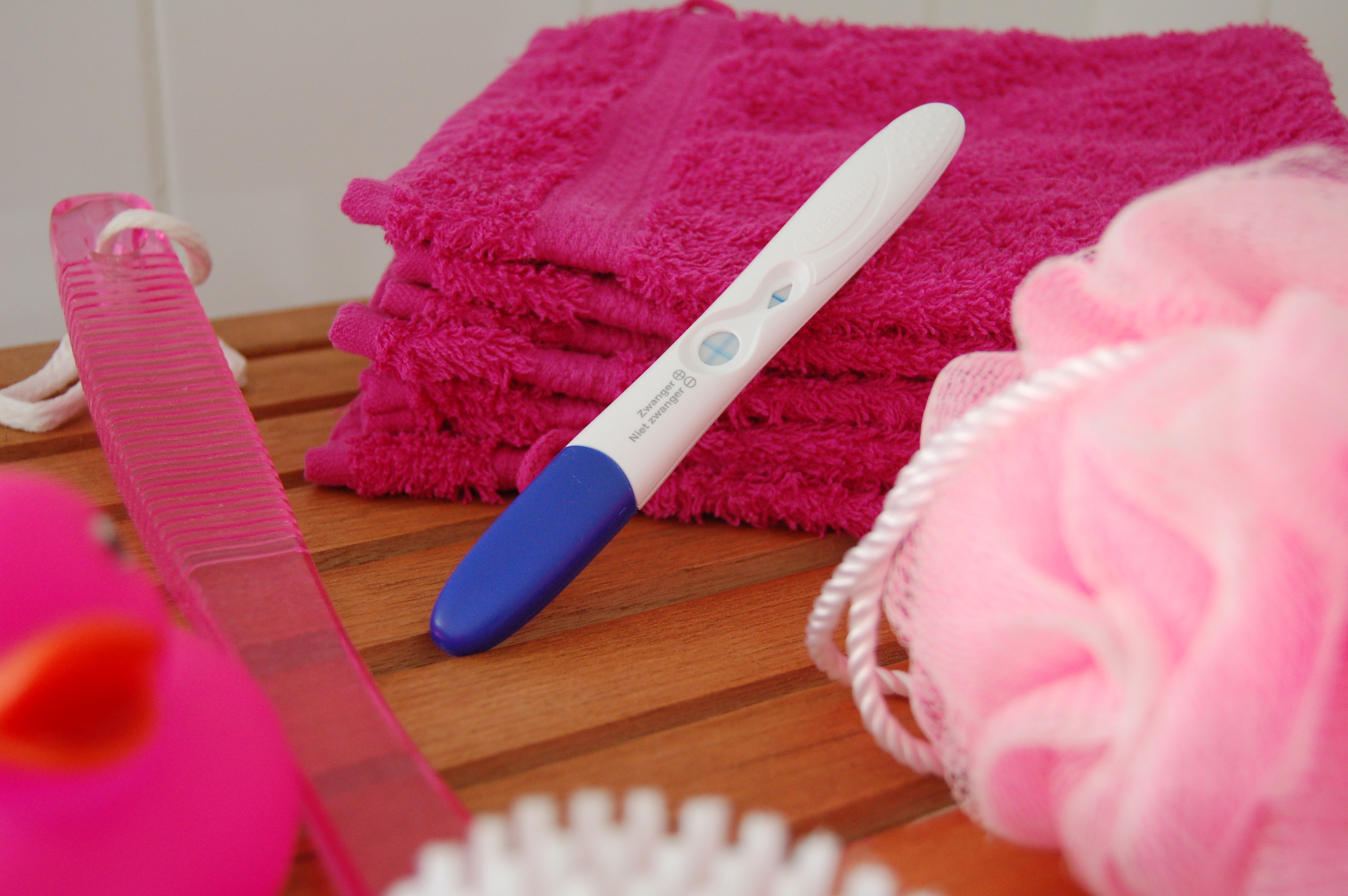
MONDAY, Oct. 10 (HealthDay News) — Chest pains that send children to health clinics are usually triggered by strained muscles, asthma, or even spicy pizza, and rarely by what parents fear most — a life-threatening heart condition, a pediatric study reports.
Among 3,700 children and young adults ages 7 to 22 who were evaluated for chest pain at Children’s Hospital Boston from 2000 to 2009, only 37 cases, or 1 percent, showed a cardiac cause, said the study, published online and in the November print issue of Pediatrics. While chest pain in children is usually not serious, the common complaint causes high anxiety for parents, noted the study.
“The vast majority of children with chest pain were discharged with noncardiac causes and none died,” said Dr. Susan Saleeb, lead researcher and a cardiologist at Children’s Hospital. Despite predominantly benign test results, annual screenings for chest pain at clinics grew steadily from about 240 to nearly 500 children over the 10-year study period, and often involved unnecessary and expensive tests and resources, added Saleeb.
The study found chest pain was linked to musculoskeletal distress for 1,345 youngsters, while 242 others had pulmonary problems; 108, gastrointestinal; 34, anxiety; and 4, drug-related issues. The cause was unknown in 1,928 cases. No cardiac-related deaths occurred among the children evaluated and discharged from the clinics during the study time frame, the Children’s Hospital/Harvard study said.
Researchers said a widespread fear of sudden cardiac death in children has been fanned by a few highly publicized cases where young athletes died for no apparent reason. Also, studies highlighting the development of heart disease in obese teens may have added to concerns.
The estimated incidence of pediatric sudden cardiac death ranges from 0.6 to 6.2 deaths per 100,000, the study noted.
“Fears of sudden cardiac death in both the lay public and medical communities foster activity restrictions, elaborate evaluations and excessive referrals, which are increasing with time,” the study authors noted.
Saleeb said one troubling note was the suicides of two 17-year-old patients who complained of recurring chest pain over several years and had tested normal in cardiac evaluations. “These cases bring to light critical issues of mental health,” said Saleeb. “Their complaints could have been a call for help unrelated to their physical condition.” A third chest pain patient with normal cardiac results later died of sudden internal bleeding.
In contrast to children, chest pain in adults is a strong signal of cardiovascular disease that triggers heart attacks, according to the American Heart Association. The event usually involves discomfort in the center of the chest that lasts more than a few minutes, and may include pain or discomfort in one or both arms, shortness of breath, nausea, dizziness or fatigue.
Dr. Jeffrey Boris, a cardiologist and associate professor of pediatrics at the University of Pennsylvania School of Medicine, said there are ways parents can determine if a child’s chest pain is cardiac-caused and needs urgent attention. One technique is to push on the chest wall, and if the pain is reproducible, it’s not a heart problem. Also, if the chest pain episode is brief, or the child can move around and participate in activities, it’s not cardiac-related.
“A classic heart attack is persistent,” said Boris. “On a scale of one to 10, it’s truly a 10. It’s the worst pain you can imagine, like someone beating really hard on your chest, or an elephant stomping on you.”
Danger signals are chest pains accompanied by a fever, sweating, trouble breathing or a very rapid heart rate, he said. While help should be sought immediately, the episode is still unlikely to be cardiac-caused in youngsters.
“Some children have chest wall pain that can tie them in knots when they breathe that goes away by adulthood,” said Boris. “This could result from muscle strain, pulmonary problems or gastroesophageal reflux, but the least likely reason is the heart.”
While cardiac screenings are relatively inexpensive compared to inpatient procedures, the large number of children with chest pain showing up at clinics, doctors offices and hospital ERs adds up money-wise, which is why overutilization is a germane issue, Boris said.
“As a cardiologist, the data is troubling,” Boris said. “The high costs of unnecessary testing and use of resources may significantly impact other areas of crucial cardiac care.”
Future research should focus on quality-improvement initiatives to allay anxieties, reduce unnecessary referrals and validate current practice management strategies for evaluating chest pain, the study concluded.
More information
To find out more about chest pain, see the U.S. National Institutes of Health.

